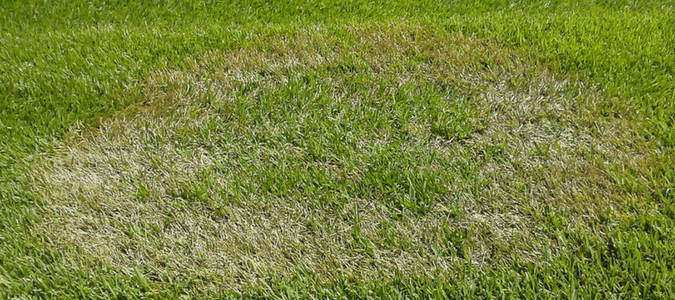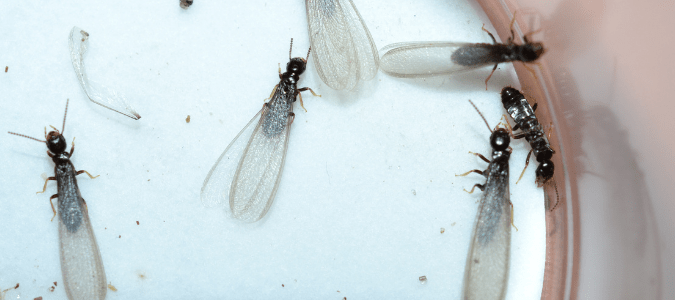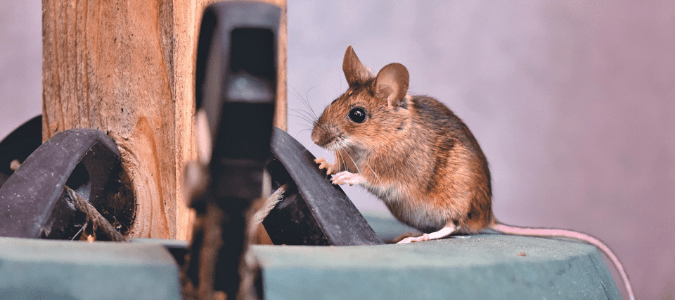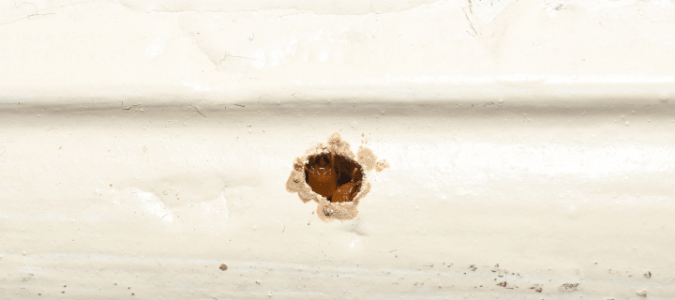There Are Termites in My Carpet: What Can I Do?

Finding what seems to be termites in your carpet is a worrying experience for any homeowner, as termites can cause a lot of damage. Most people would expect to find these pests someplace where there’s wood, but termites in carpet? Though that’s not where most people might expect to see them, this is entirely possible.
If you find termites in your carpet, the first thing to do is to determine whether they actually are termites or if they are some other type of pest. Termites look a lot like large, winged ants, and many people can’t tell the two apart. There are some differences you can look for, though, to determine which type of pest you’re dealing with.
Termite Identification Tips
The first thing you should know if you are trying to determine if what you saw is a termite is that these creatures have bodies that are long and straight. Ants’ bodies, … Read Full Post »








